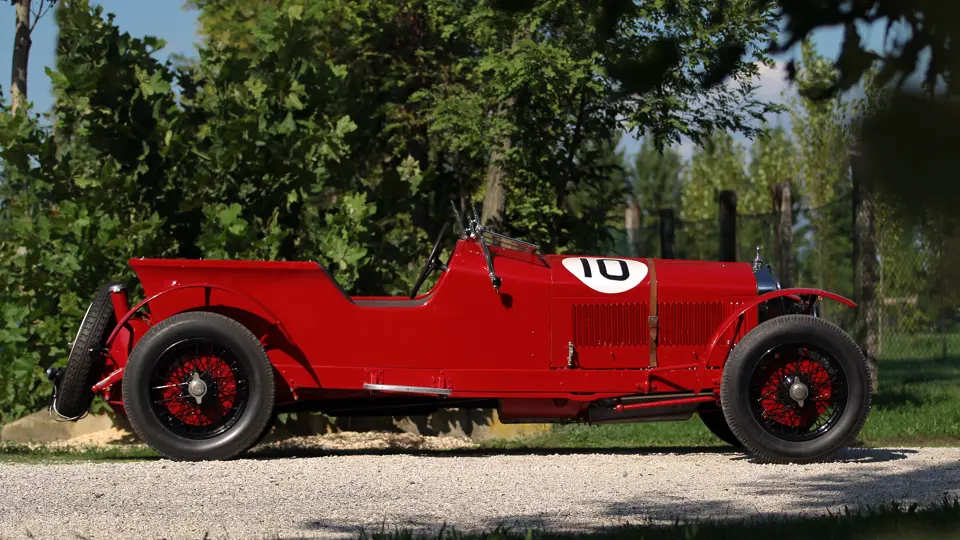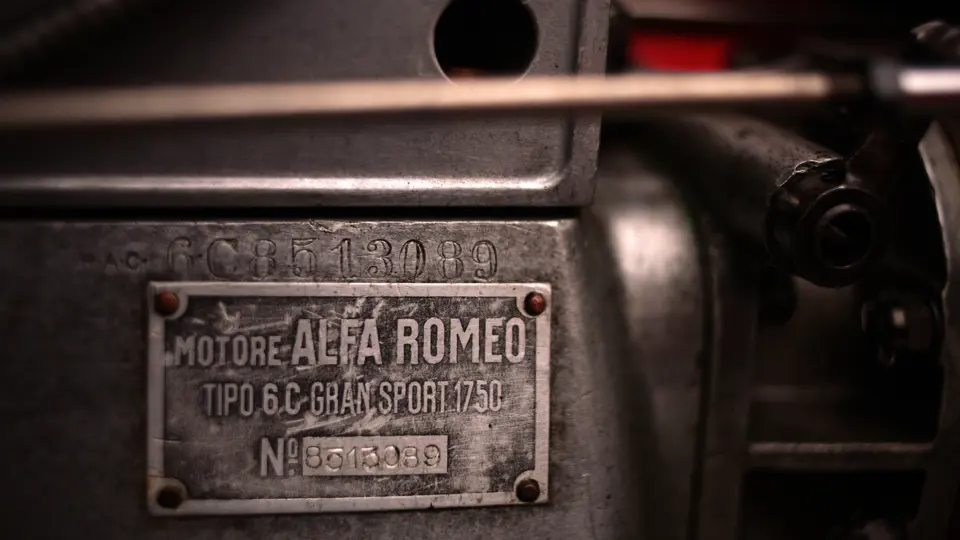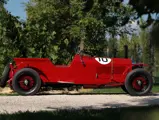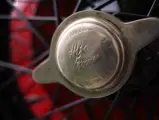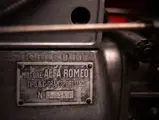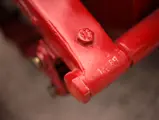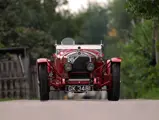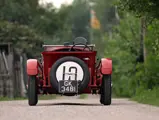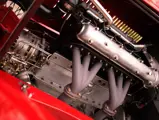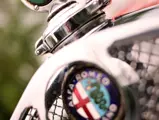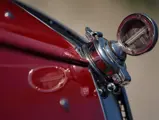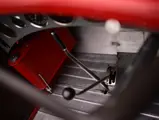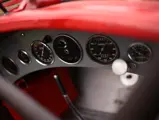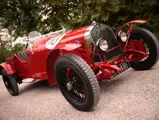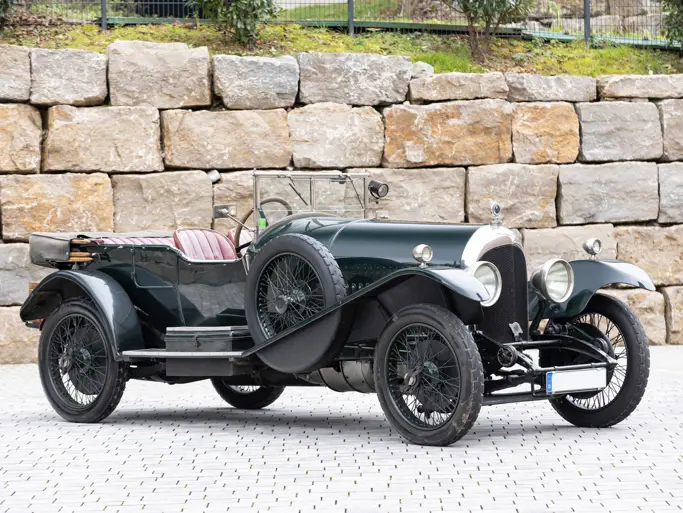102 hp, 1752 cc dual overhead cam six-cylinder engine with Memini supercharger, four-speed manual gearbox, semi-elliptic leaf spring suspension, and four-wheel mechanical drum brakes. Wheelbase: 2920 mm
• The 1930 Tourist Trophy race winner piloted by Tazio Nuvolari
• The 1930 London Motor Show car
• One of only twelve Testa Fissa specification Alfas believed constructed
Alfa Romeo introduced its Jano-designed, 1752-cubic centimetre six-cylinder cars in 1929. Adept on both road and racing circuits, their dual overhead-cam powerplant proved reliable and powerful, developing remarkable output from their relatively small displacement. Further benefitting from excellent handling, the car, in top factory racing engine trim, could comfortably exceed 100 mph.
Three ‘standard’ 6C 1750 models were available, starting from the single overhead-cam Turismo with a 122-inch wheelbase and a maximum speed of about 70 mph. Next, the twin overhead-cam Gran Turismo offered a choice of 108- or 114-inch wheelbases and a top speed of about 80 mph. The pinnacle was the Gran Sport or Super Sport, which produced 85 horsepower and was capable of top speeds approaching 95 mph. Regardless of the version, the 6C remains today one of the most compelling and desirable of all Alfas produced. All told, Alfa Romeo built a total of 2,579 1750s through 1933. Of those, very few were supercharged “GS” examples. There was a fourth ultimate specification version, the so-called ‘Testa Fissa’, which was produced mainly for racing and is of the type offered here. The Testa Fissa was created with the manufacture of the cylinder head and block cast in one piece to avoid the head-sealing problems created by the high pressures, special fuels, and overall high stress placed on racing Alfas; this engineering development resulted in a higher output of approximately 102 horsepower.
Just three months after its introduction, a 1750 driven by Giuseppe Campari and Giulio Ramponi would win the 1929 Mille Miglia. Later that year, Marinoni and Benoist won the Belgian 24 Hour Race at Spa. Alfa would take the Targa Florio, too, and one year later, the company won its second Mille Miglia, in addition to a host of other events. In short, Alfa Romeo began the 1930s as it ended the 1920s—utterly dominating Italy’s sports car and competition scene.
British Alfa Romeo concessionaire Fred Stiles had a strained relationship with the manufacturer, due in no small part to the intervention of a group of wealthy privateers, including Malcolm Campbell, Edgar Fronteras, and Lord Howe, who did not appreciate Stiles’ vying for the factory-backing that they so desired.
Despite this, Stiles did manage to score a coup by acquiring three specially strengthened chassis to Alfa Romeo (British Sales) Ltd. The chassis arrived without the touring equipment and with the powerful race specification 102 brake-horsepower works-produced Testa Fissa engines.
The factory could not provide the bodywork because the Gran Sport was only made in two-seater form and four-seater bodies with full touring equipment, which were required under the race regulations. According to a respected Alfa Romeo historian and the author of an important reference on the 6C, Angela Cherrett, “The three new 1750 GS chassis were eventually released by the factory (at least two of them having, according to Mr Stiles’ records, the longer 2920-millimetre wheelbase) and were fitted with the regulation four-seater bodywork—one (on the longer wheelbase chassis) in duralumin by Hoyal and the other two by James Young”.
Stiles was responsible for finding notable experienced drivers, and he managed to secure the services of Tazio Nuvolari, Achille Varzi, and Giuseppe Campari to drive his team of three 1750 GS Testa Fissa in the Tourist Trophy race in Great Britain, which was held on 23 August 1930. This car, which was Nuvolari's number 10, wore the Hoyal body that was actually off the Ivanowski/Eyston 1930 Double Twelve car. The Hoyal Bodybuilding Corporation was formed in 1928 from the former Chalmer & Hoyer, which was formerly a powerhouse in the British coachbuilding business.
During this very famous race, the three 1750s proved extremely fast, and only Birkin's blown 4 1/2-litre Bentley and Lord Howe's supercharged seven-litre Mercedes were able to lap faster. The race turned out to be very wet, and the main challenge to the Alfa team disappeared when Birkin's Bentley crashed at Ballystockart. While the lead changed several times during the race between the three team cars, the eventual winner, and the car on offer today, was Nuvolari, with an average speed of 70.88 mph, slightly faster than Campari's average of 70.82 mph, followed by Varzi at 70.3l mph. This lst, 2nd, and 3rd place win by the Stiles team was the final and most rewarding success under the sponsorship of Alfa Romeo (British Sales) Ltd., and it greatly enhanced their selling profile in the UK.
Following the race, the eight bearing Testa Fissa engine was retained by the factory and a standard detachable head five bearing engine replaced it with matching numbers to the chassis. In order to sell the car, a very attractive two-seater James Young drophead coupé body was fitted, which reused original front end parts of the original racing body. GK 3481 was exhibited at the October 1930 London Motor Show and the first private owner was H.H. Prince Aly Khan, followed a year later by racing driver Whitney Straight. At some point, it may have been owned by a Dr J. Harrison from Bovey Tracey in Devon, but it is known that in 1955, it passed through well-known dealer J. H. Bartlett, of Notting Hill Gate, who sold it to an owner in Kent who passed the car on in 1961 to a resident of Denmark Hill. In 1968, it was acquired by Royston Halladay, of Blandford Forum in Dorset. The car was retained after his death in 1982 by his wife, for a total ownership of 27 years. At some point during the Halladay ownership, it had been entrusted to restorer Reg Chappel, of Mere, an ex-James Young employee, where it remained until finding a new owner in 1996.
The restoration was continued in April at Carrozzeria Nova Rinascente, the shop of Dino Cognolatao, and the work was done by Mr Cognolato himself. It was discovered that the chassis retained a great deal of evidence of the original race body. There were 40 holes in the frame rails, which had been filled with tin instead of being welded; these included 24 holes for the mudguard supports, eight for the footboard, and eight for the battery case. At this point, the owner decided to invite Mrs Cherrett to inspect the car, and she verified its authenticity. After that, it was decided that rather than restore the James Young coachwork, a new body would be created to replicate the original racing body of Nuvolari’s car.
The product of the restoration is based on the material that Mrs Cherrett provided, such as pictures of the car during the race, original notes and sketches from the rules of the 1930s T.T., and a drawing in full scale of the car, like it was at the race, how it was made by Dino Cognolato, with all details. All the front end parts of the car are the original Hoyal of the T.T., including the radiator and also the stone guard. The red colour of the body was deduced by a painting, which was published in The Autocar on 29th August 1930.
The complete mechanics have been overhauled by Gianni Torelli from Reggio Emilia. At last, the Testa Fissa engine was rebuilt in 2011, with original Alfa drawings and the engine at the test bench granted 102 horsepower. The owner had a new original-style Testa Fissa head cast so that the engine could be put back to 100% original specification. It is important to note that the original crankcase, gearbox, differential, drive box, axles, supercharger, and all the other mechanical particulars are the originals that were fitted on the car of 1930 T.T.
The previous James Young coachwork, of course without the original front end, which is restored and still on the car, will be provided in the sale. The car will also be accompanied by its original 1930 license plate, FIVA passport, and complete photographic documentation of the original state of the car prior to restoration, as well as all the work performed. In its fully restored glory, this Alfa Romeo is one of the most important examples of the 1750 Gran Sport to become available. It offers not only its famous Tourist Trophy win with Nuvolari at the helm, but also its London Motor Show history and an opportunity to continue to show and tour as desired.




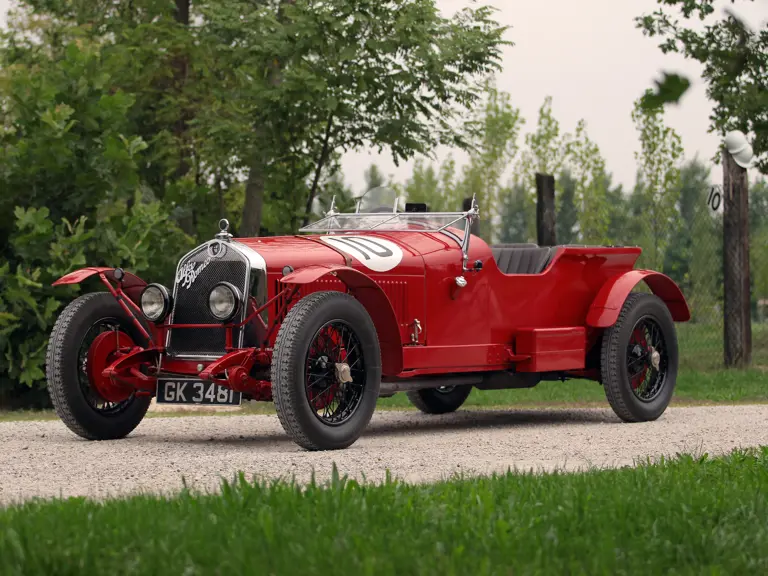
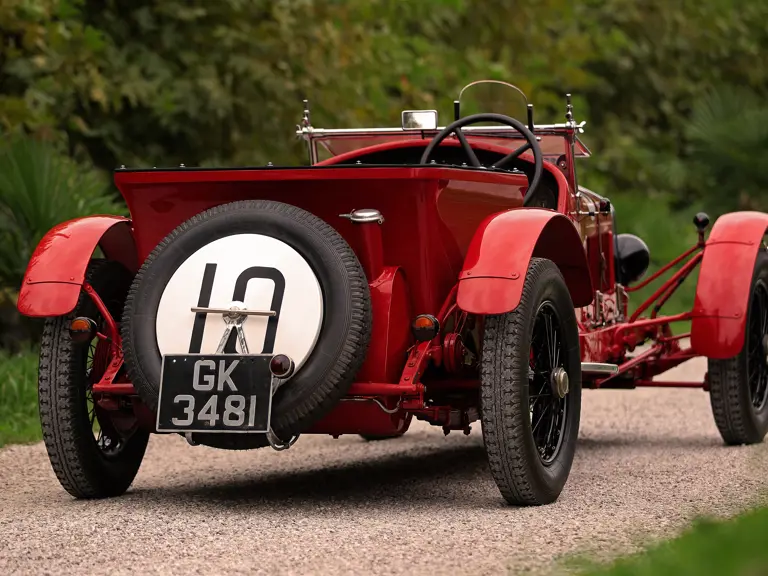
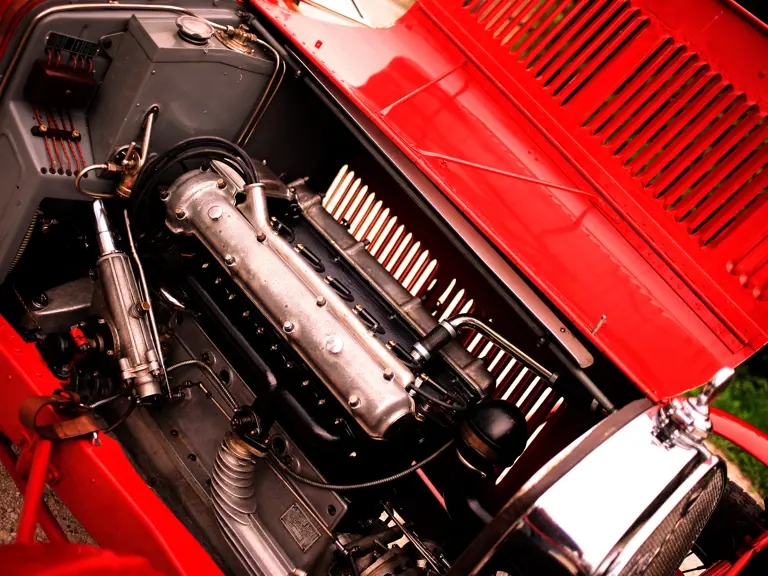

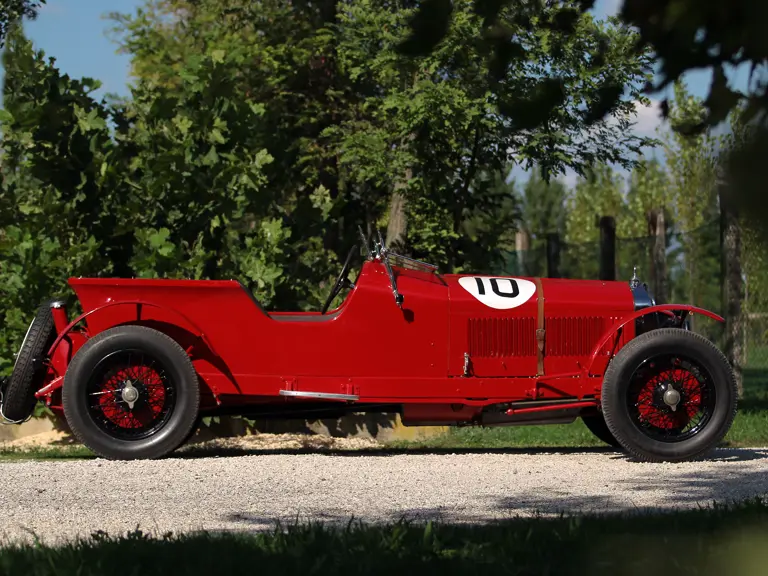
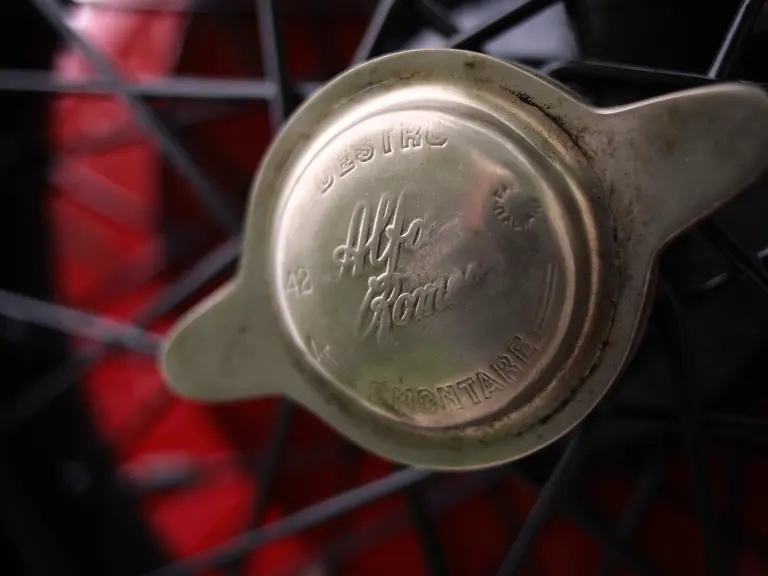

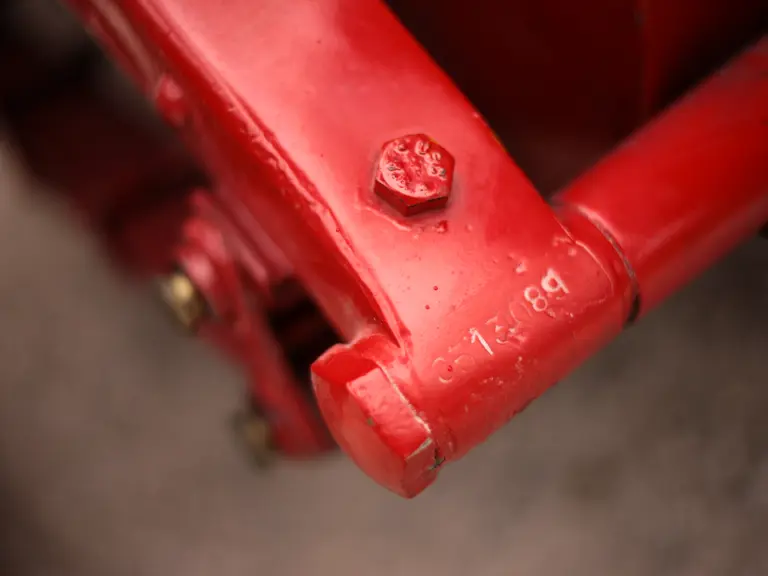
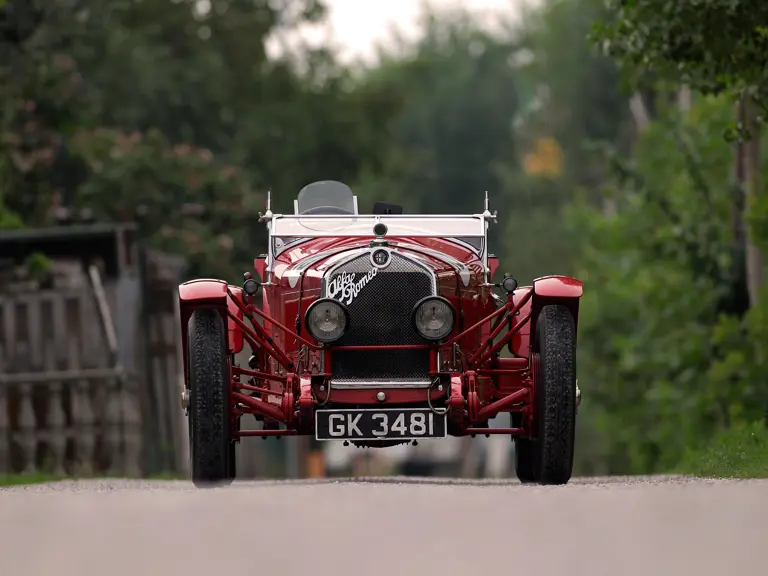
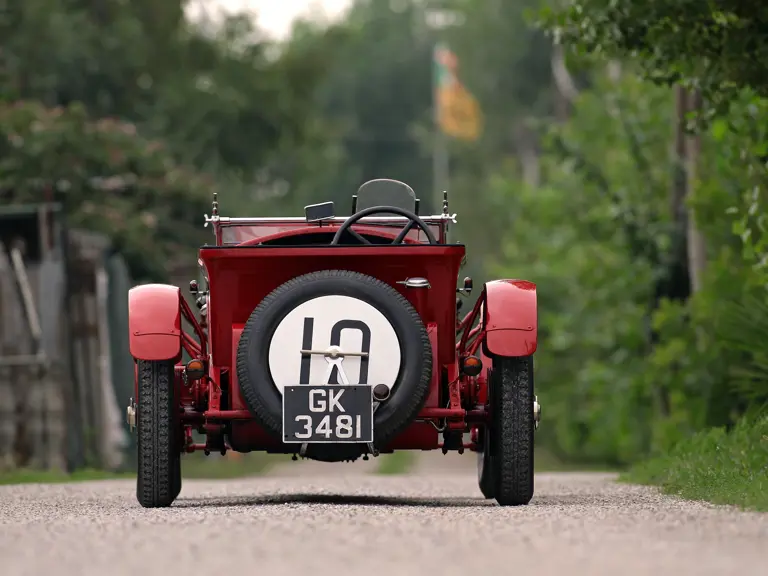




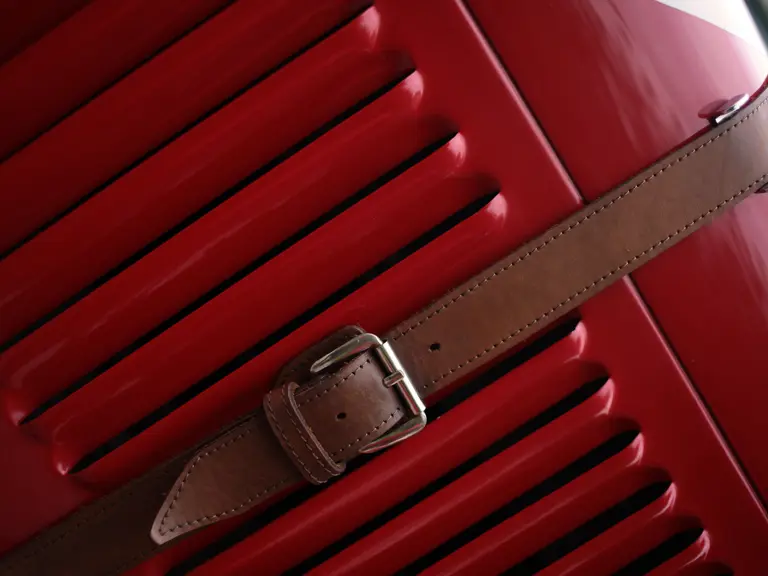
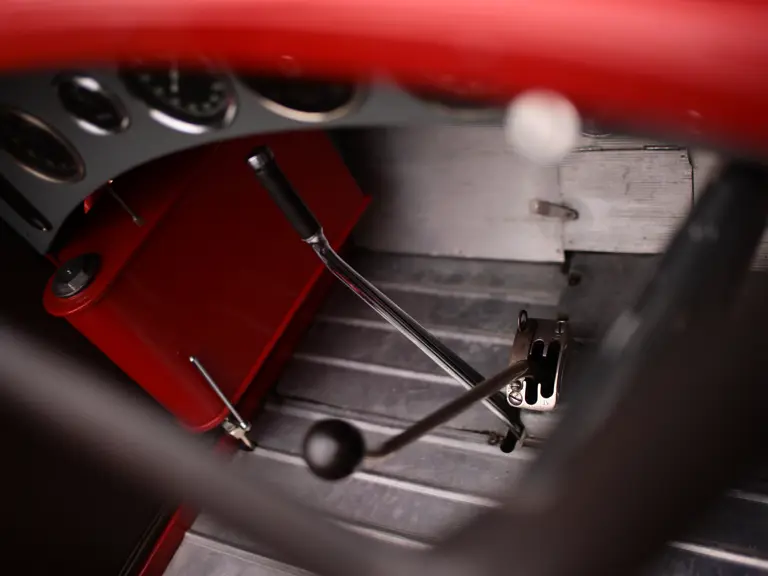


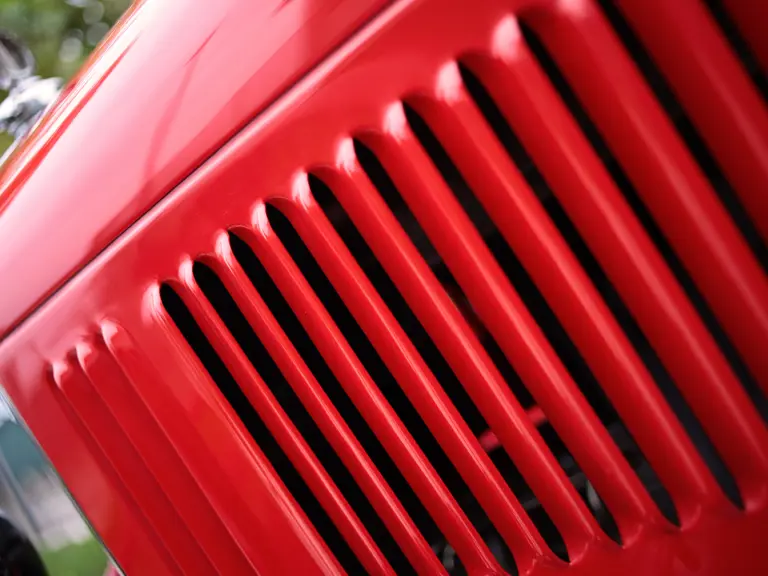

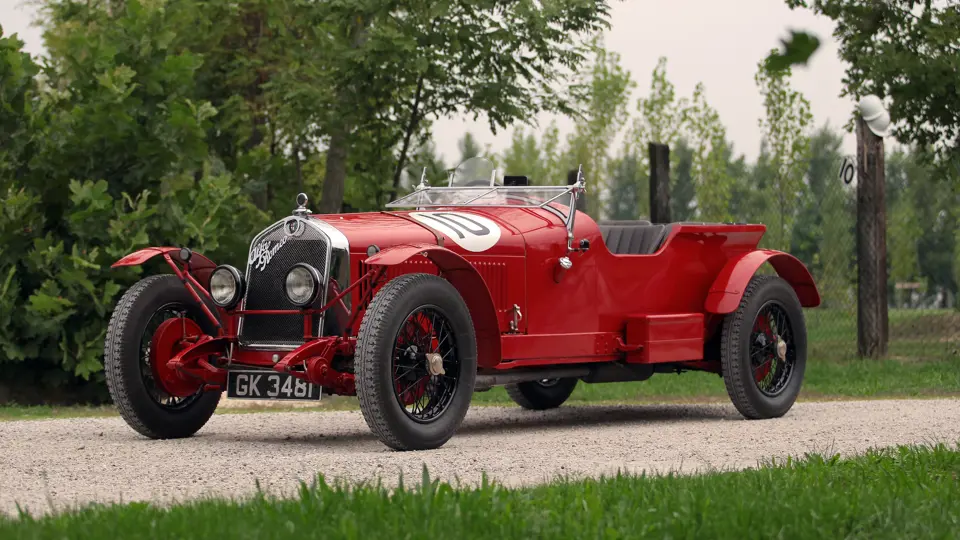
 | London, United Kingdom
| London, United Kingdom
